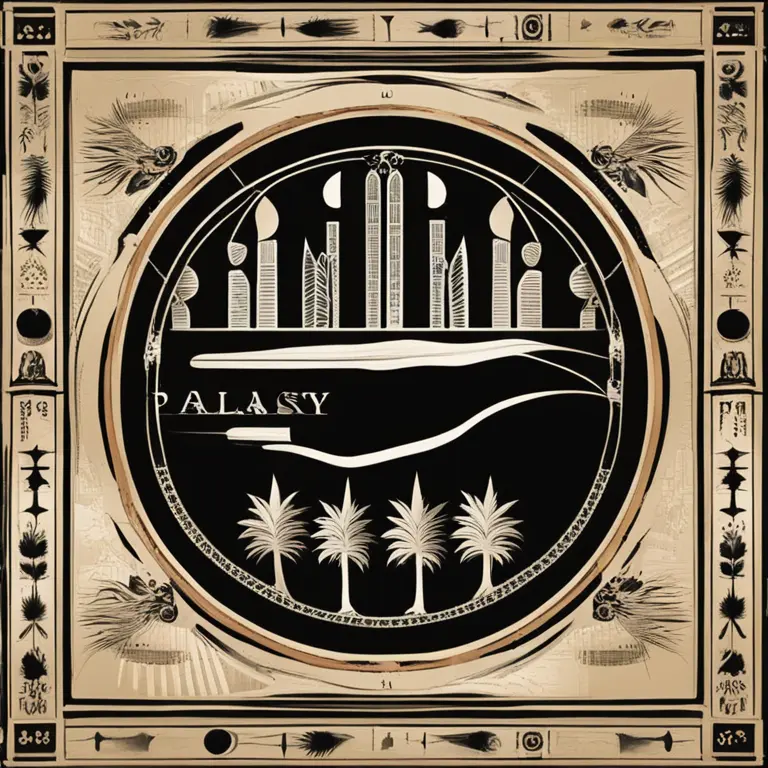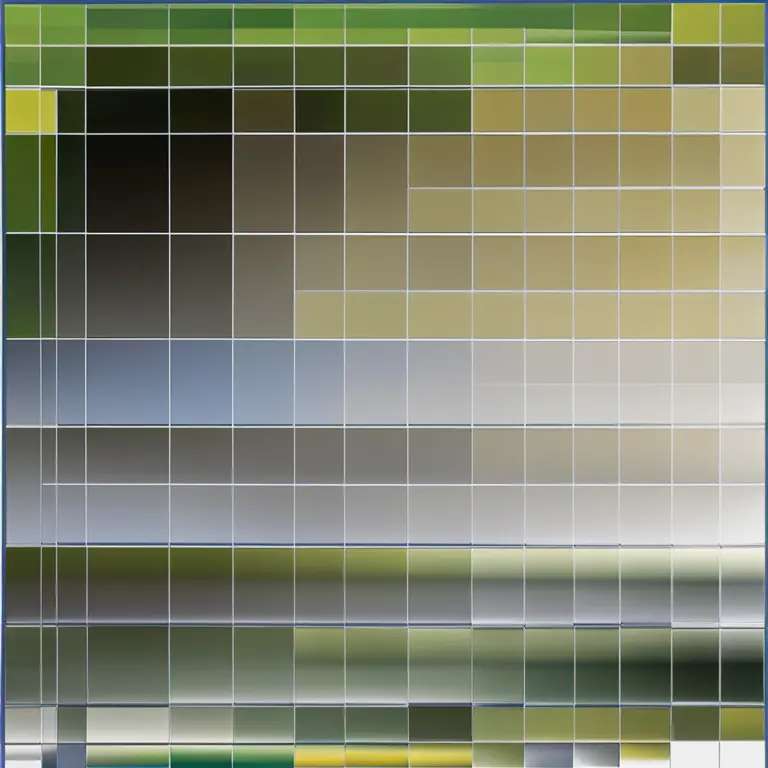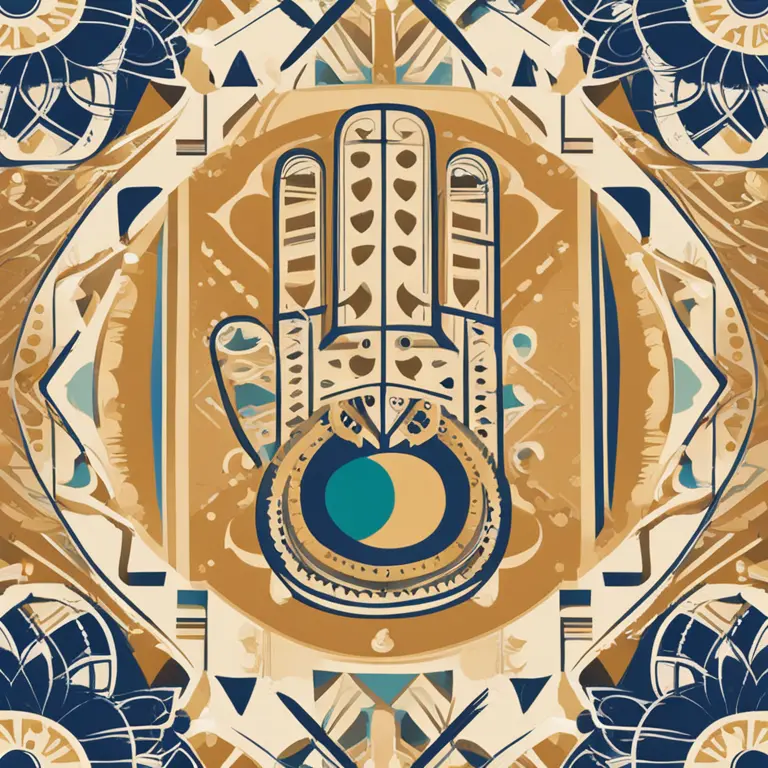
Palmistry: Is It a Scientific Practice?
Delve into the debate about palmistry's scientific relevance and discover the intersection of tradition and empirical inquiry in this ancient discipline.
article by Nora Pennington
The Basis of Palmistry
Palmistry, also known as chiromancy, has been practiced for thousands of years, traversing various cultures and epochs. At its core, palmistry involves the study of the palm to interpret personality traits and predict future events. Practitioners believe that the lines, shapes, and mounts of the palm reflect an individual's life and psychological makeup. Despite its historical prevalence, the practice has been subject to scrutiny, with critics questioning its empirical foundations. As we move further into the 21st century, the debate around palmistry's validity remains as pertinent as ever.

The Scientific Scrutiny
Throughout its history, palmistry has been on the fringes of scientific inquiry. A key criticism from the scientific community is the lack of empirical evidence to support causal relationships between palm features and personal attributes. However, some studies have sought to find patterns that might lend credence to certain palmistry claims. Such investigations often focus on statistical correlations rather than establishing a causal mechanism, which is a necessary criterion for scientific recognition. In light of modern scientific standards, palmistry's methods are typically categorized as a pseudoscience rather than a rigorously tested discipline.

Studies on Finger Lengths
A pivot in the conversation emerges with studies examining finger length ratios and their relation to genetic and hormonal influences. Some research has found correlations between digit ratios and a variety of physical and behavioral traits. This line of inquiry tangentially touches upon aspects of palmistry, suggesting that not all of its components are without potential scientific merit. However, whether these findings can validate the broader practice of palm reading remains a subject of controversy.

Psychological Perspectives
From a psychological standpoint, palmistry may offer a unique window into one's psyche, functioning as a projective test similar to the Rorschach inkblot test. Proponents argue that insights gained through palm readings can lead to self-reflection and personal growth. Critics, however, are quick to point out the Forer effect, a psychological phenomenon where individuals believe vague, general statements to be highly accurate for them personally. This effect could explain why some find palm readings to be eerily precise.

Technological Advancements in Palmistry
With advancements in technology, particularly in artificial intelligence, some enthusiasts have proposed integrating palm reading into biometric analysis. Attempts to digitize palm readings and correlate them with big data could yield fascinating results. While this does not necessarily align palmistry with the scientific method, it does present a novel fusion of ancient practices and cutting-edge technology, broadening the scope of its relevance.
Final Thoughts on Palmistry and Science
The question of palmistry as a science may not have a straightforward answer. While it fails to meet the rigorous standards required by the scientific community, its influence on culture and individual belief systems is undeniable. Intersections with recognized scientific research occasionally surface, offering glimmers of intrigue. The practice persists, not purely within the realms of science but as a blend of tradition, anecdote, and personal belief cherished by many.
Published: 1/11/2024
Modified: 1/12/2024
More predictions
Come back here soon to learn more about yourself and your future


The Possibility of Palmistry in Cancer Detection
Examining the claims that palmistry holds any potential in identifying the risk of cancer: a deep dive into the world of mysticism and medicine.


The Essence of Palmistry: Interpreting Lines and Shapes
Delve into the world of palmistry to discover the meanings behind the lines and shapes etched into the palms of your hands.


Palmistry Basics: How to Read Your Hand's Secrets
Learn the basics of palmistry with this guide on how to read the lines and shapes of your hands to reveal insights about your personality and future.